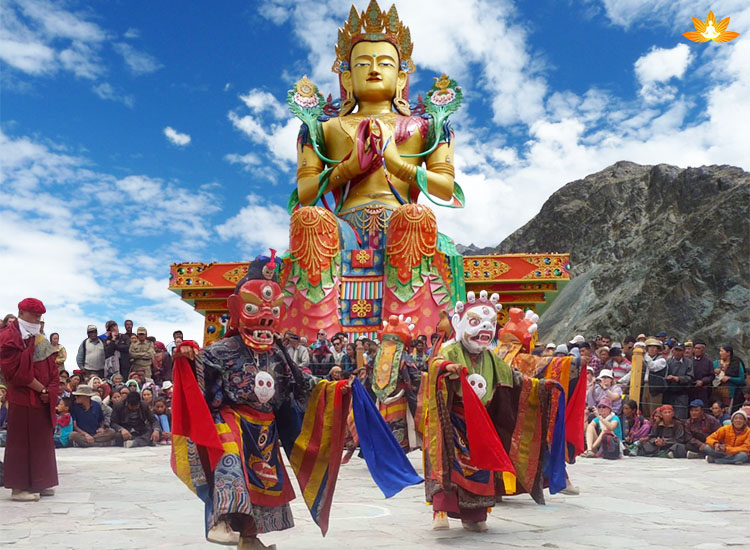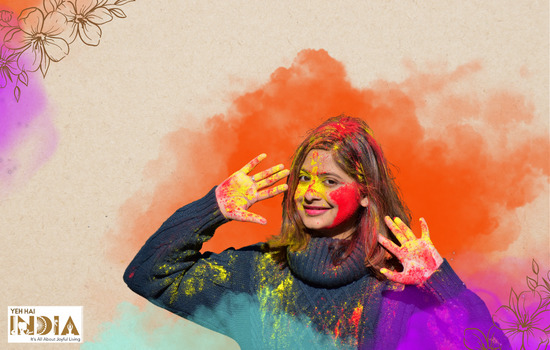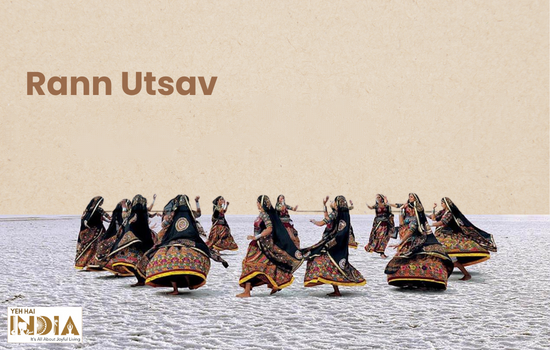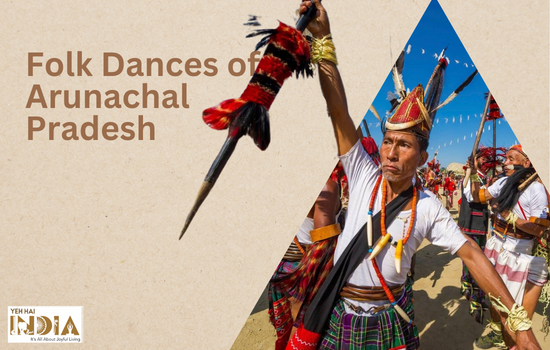Ladakh, which is locally known as Mini Tibet, runs a deep association with the Tibetian culture and their religion. Hemis Festival is one of the most roaring celebrations rejoiced in Ladakh, and it touches the Buddhist culture to its core. You can say, this is the source of Tibetian culture in India.
This sumptuous festival is held in the courtyard of Hemis Monastery, on the 10th day of the Tse-Chu, Lunar month of the Tibetan Calendar. Guru Padmasambhava’s birth anniversary is celebrated in this two-day festival.
This festival is an amalgamation of the Tibetian people across the globe, coming together to celebrate dancing and performing various cultural activities. The real charm of the Hemis Festival is that it brings together Historical Significance and Entertainment for the onlookers.
Highlights of the Festival Hemis Festival
The Hemis Festival is one of the vibrant festivals that celebrate the culture of the Ladakh district, and many highlights make this festival as a cultural heritage. The focal point of this festival is the “Chham dance,” which portrays the triumph of good over evil. This dance is a must-watch in this entire festival, and you get to witness a substantial performance, and vigorous colored masks and costumes stretch out the courtyard of Hemis Monastery. In this dance, the monster made of dough is destroyed by the head dancer and thrown in four different directions. This ritual is assumed to be ‘soul purifying.’ Other than Chham Dance, the ‘Devil Dances’ also add a purity in the fest. ‘Chang,’ local alcohol of the Ladakh region, is served to the spectators during the festival.
Significance of Hemis Festival
The Ladakhi people do not celebrate the Hemis Festival to showcase their cultural heritage, but it has a great significance to its celebration. Hemis festival is an age-old festival which is celebrated since the 8th century. You can find evidence of its triumphs in the ancient Buddhist texts. Hemis festival celebrates the birth anniversary of Lord Padmasambhava, who was a spiritual leader of the Ladakh region during the 8th century. Lord Padmasambhava was a man who brought Buddhism in the cold hills of Ladakh, and protected the subjects all through his years; so, the Ladakhi people regard him as a reincarnation of Lord Buddha. Thus, the Hemis Festival is about the triumph of good over evil.
History of Hemis Festival
The Ladakh region of Indian subcontinent habitats the Tibetian
Buddhists. Lord Padmasambhava, who brought Buddhism in this region is mainly
celebrated in the Hemis Festival.
The life and times of Lord Padmasambhava, also known as Guru Rinpoche, can be traced back to the 9th and 10th century through the ancient texts of ‘Testament of Ba”. It is said that when Lord Padmasambhava came in the Ladakhi region and founded Tibetian Buddhism, this Hemis Festival is celebrated in his honour since then. Thus, the celebration of this vivid festival dates back to the time Hemis Monastery was founded.
Most of the Tibetian Buddhists here follow the tradition of Vajrayana, and this tradition revolves around Lord Padmasambhava. The birth of Lord Padmasambhava is majorly celebrated by the Vajrayana tradition followers. In Bhutan, they celebrate his birth anniversary through grand celebration Trelda Tsechu Festival; and in Ladakh, they celebrate it through the Hemis Festival.
The Carnival Preparations
The head priest of the monastery is the director of this festival. You witness the locals getting adorned with vivid conventional attires. The monks too dress up in vivid apparels and carry out impressive masquerades. The entertainers adorn attires with intricate and embellished brocade and out on unique masks. The courtyard filled with the music of trumpets and drums.
How long is it Celebrated
The Hemis Festival is a two-day celebration that takes place between June and July. In these two days, entire Ladakh comes together for this joyful celebration.
This magnificent festival of two days is stacked with activities, rituals, and events. Each day has a precise assortment for the entertaining as well as spiritual purposes.
As the first day starts, the head priests perform rituals and bring out a colossal statue of Lord Padmasambhava in the courtyard. This statue is first worshipped by the priests, and then the locals come around to get some blessing. After this ritual, the patio gets lively with the ‘Chham dance.’ The performers gather around the courtyard, and the exuberant celebration of dance starts until the dusk hits the sky.
This Chham dance is so gravitating hat you won’t be able to take your eyes off even for a second.
On the second day, there are hardly any rituals performed. The day is started by the lively performance of Chham dance and devil dance, by the vividly adorned performers. This day remains teeming with exhilaration and savouring activities as the end of this grand colourful festival. There are also small stalls of handcrafted articles by the locals.
Thus, this festival is about the glory of the Tibetian culture that the Ladakhi people revel in these two days.
Main Attractions
Cham Dance
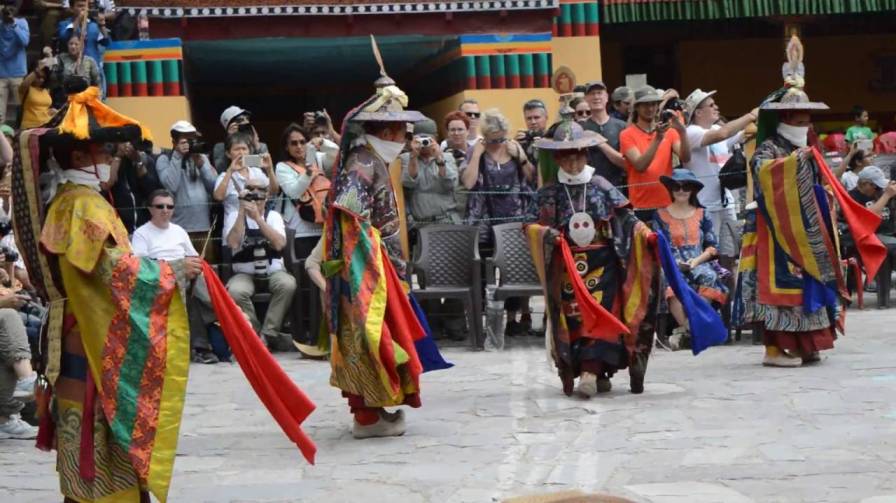
The Chham dance, also known as masked dance, is a deep insight into the rich and ancient Tibetian culture and heritage. The performers during this dancewear long coats with intricate brocades and creative masks. The performance is an enactment of the ancient Tibetian Buddhist legends that is ‘triumph of good over evil.’
Hemis Monastery
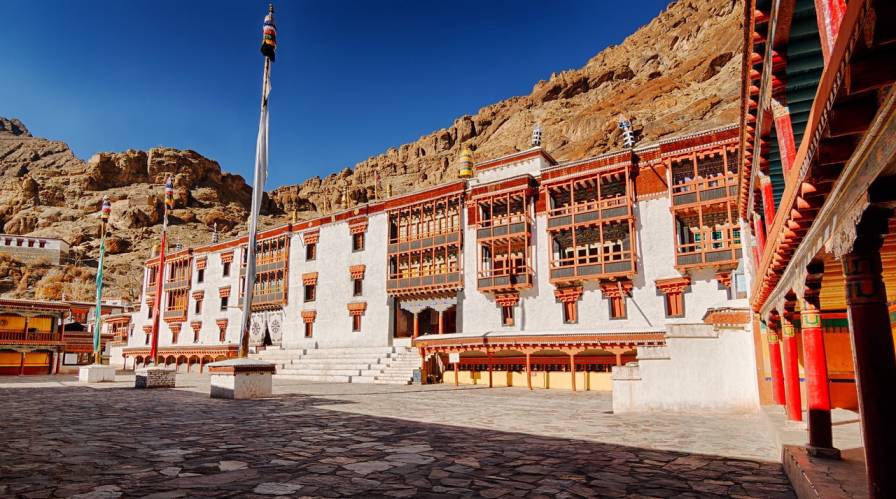
Hemis Monastery is the main tourist attraction of the Ladakh region, and it stands as a crowning jewel in between this cold valley. The grand splendour of the Hemis Monastery welcomes you to the cold valley of Ladakh. This monastery embellished with plush walls, a majestic facade that leaves you speechless, and the clean interiors that make the surroundings divine. The panoramic background with the high Himalayas stands as every photographer’s bliss.
Hemis Monastery Museum
Just as Hemis Monastery is an age-old monastery that has stood many tests of time, it also treasures many priceless artifacts in its museum. The Hemis Monastery Museum is a cultural treasure that showcases some of the most indescribable relics and makes you fall in its awe.
Colorful Stalls
Hemis Festival is all about the locals and their culture. Thus the visitors get treated with small stalls filled with handicrafts all made by the locals. These stalls allure you with hand-crafted jewelry, vibrant clothes and coarser carpets, delicate wicker baskets, and intricate folk paintings. These stalls jammed with plentiful of Tibetian Buddhist items that you can fill your shopping bags with.
Chang drink
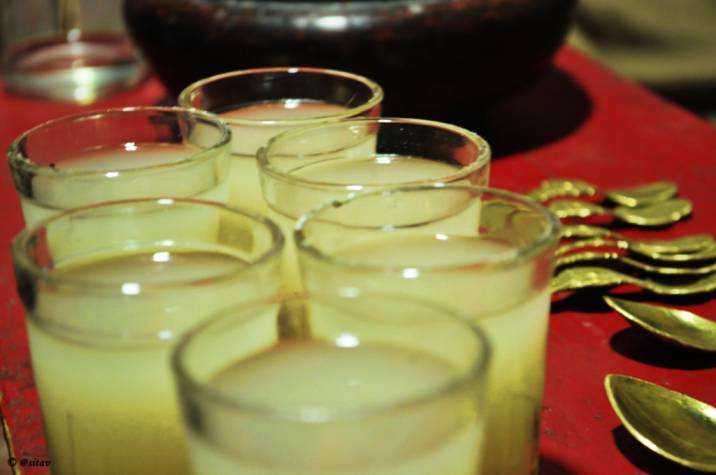
Chang is an important drink in Ladakh, especially during the Hemis Festival. Chang drink during Hemis Festival is like, Bhang during Holi. It is a Tibetian wine that is prepared from rice water and has minimal alcohol content in it and won’t make you lose your consciousness. Its famously known that a bit of alcohol intensifies enjoyment on many occasions, so don’t hold back with this delicious Chang Drink!
How to reach Hemis
The nearest airport to Hemis is the Leh Kushok Bakula Rimpochee Airport, which is approximately 40 kilometres from Hemis and takes up to 2 hours of mesmerizing journey.
The nearest railway station to Hemis is the Jammu Tawi Railway Station, which is approximately 710 kilometres away from Hemis. Another option to reach Hemis is a beautiful trip that you can plan from Manali; so, you can visit Manali through Shimla and then get a bus or taxi to Leh and lastly get to Hemis to have a great celebration at the Hemis Festival.



